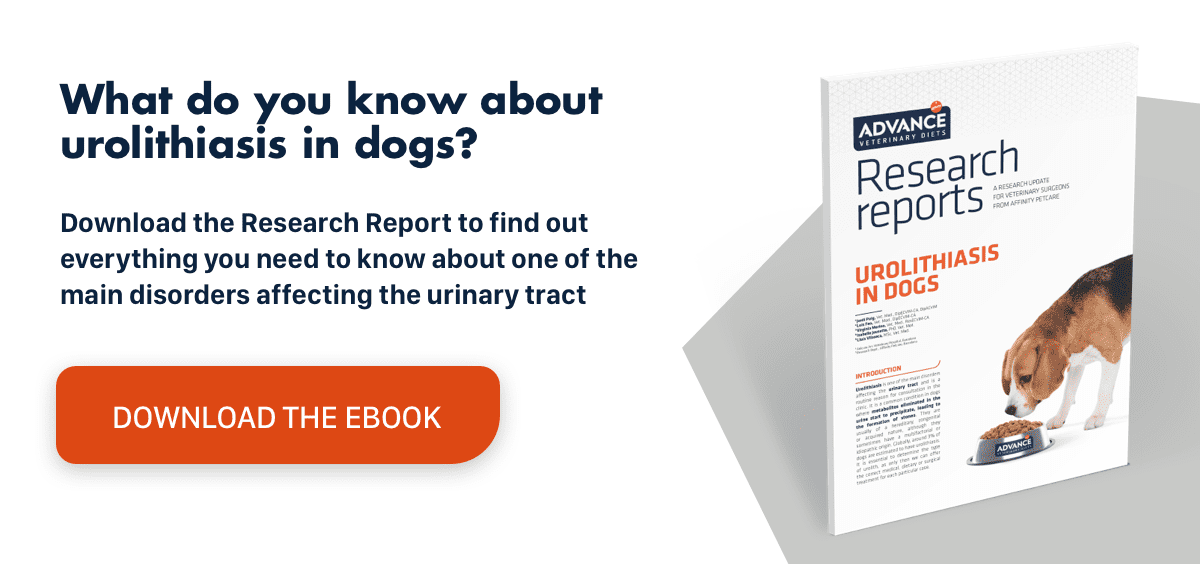Veterinary doxycycline: oesophageal stricture in cats
Introduction
The pathogenesis of oesophageal stricture follows a well-established order in humans: Initially an ulcer develops with granulation tissue, then this creates secondary scarring and oesophageal stricture. In humans, ulcers secondary to the retention of oral medications have been reported, but they are rarely accompanied by secondary stricture. Of all the oral medications, tetracyclines are one of the drug families more commonly associated with this complication.
Veterinary doxycycline
Doxycycline is a tetracycline that acts as a bacteriostatic agent by inhibiting protein synthesis in bacteria. It is mainly used in cats for the treatment and/or prophylaxis ofinfections caused by intracellular organisms, such as Mycoplasma haemofelis, Chlamydophila felis or Bordetella bronchiseptica. Since cases of oesophagitis and oesophageal stricture have been reported in association with its use in humans, a study published in 2004 from the United Kingdom examined and described clinical cases of cats with oesophageal stricture secondary to doxycycline use.
The study applied the following inclusion criteria: Cats known to have previously been administered oral doxycycline and later diagnosed with oesophageal stricture via gastroscopy or necropsy. Oesophageal stricture was defined as the narrowing of the oesophageal lumen due to the proliferation of connective tissue in the oesophagus wall.
Four cats with a mean age of 3 years were included and none had received any anaesthetic drugs in the 6 months before the onset of the clinical picture. In all four cases, doxycycline was used to treat conditions with no relation whatsoever with the digestive tract. All the subjects were treated for suspected infectious diseases associated with intracellular bacteria. The regurgitation of undigested food was the sign that led to the suspicion of oesophageal stricture. Physical examination of the cats did not reveal any findings of note. The mean duration of use of doxycycline was 1 week. Once the diagnosis was made, the cats were treated by endoscopic balloon dilation with the concomitant administration of ranitidine and sucralfate.
Thus, oesophageal disease secondary to the use of oral medications can occur in cats, as cases of oesophageal stricture have been reported after the oral administration of doxycycline capsules. To avoid this complication, animals should be given food or water after swallowing the capsules to reduce the chances of being retained in the oesophagus. Vet should recommend these measures (drinking water ) and the use of multifeeders to reduce the incidence of these oesophageal problems.
Learning more about the benefits of this type of approach, as well as the importance of diet for cats, for this group of disorders can help us prevent or treat certain diseases in cats.
